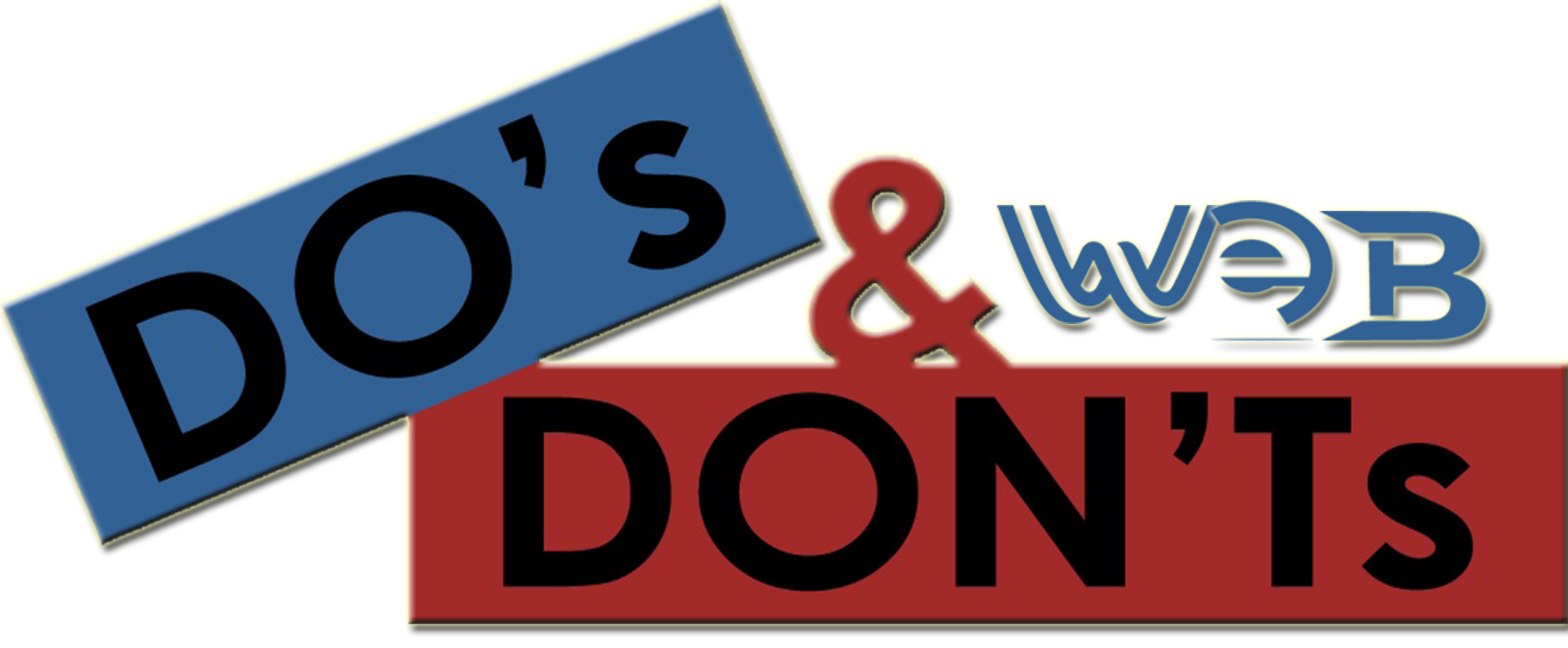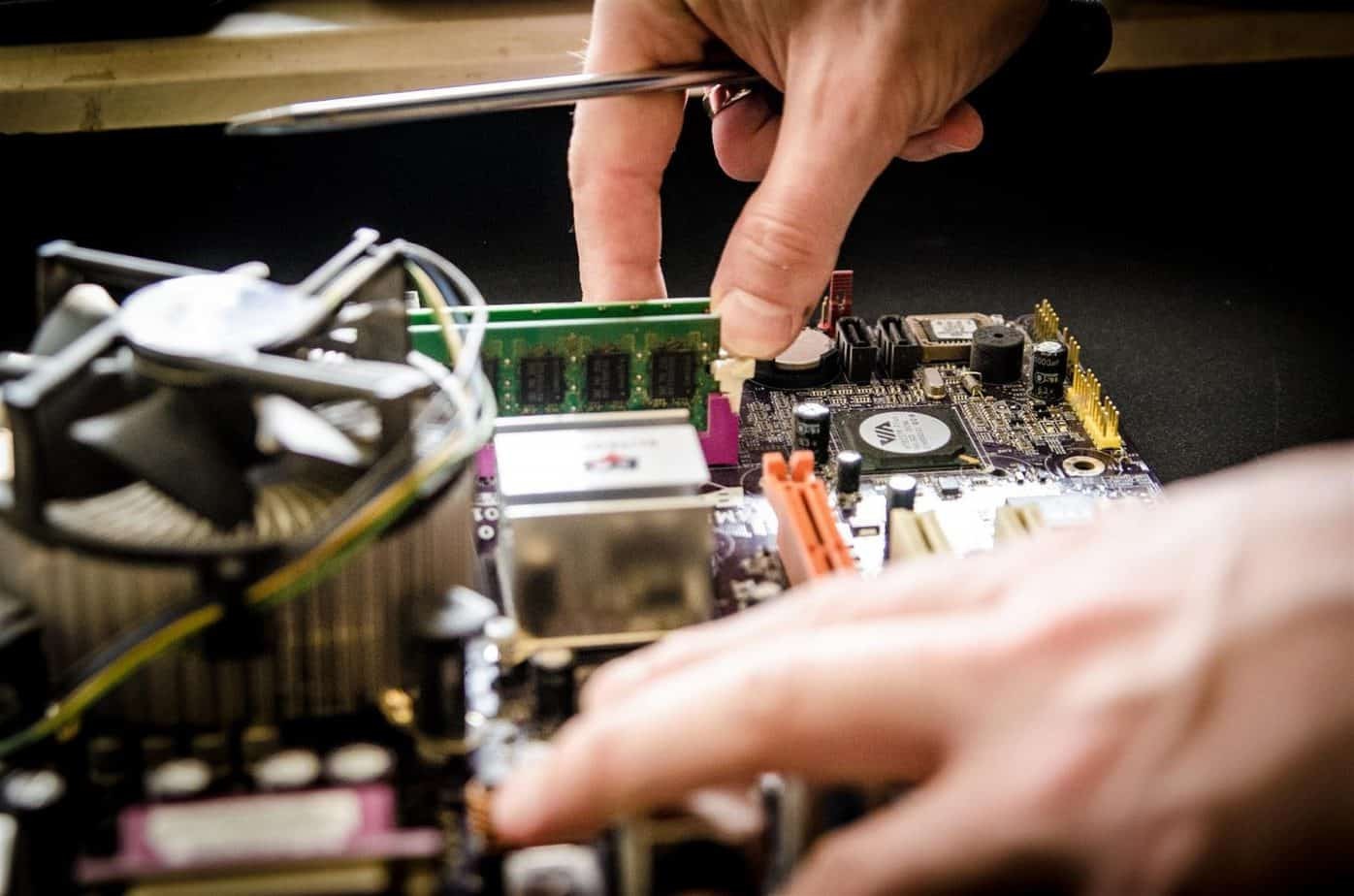In today’s digital age, a personal computer (PC) is an essential tool for both work and leisure. However, even the most robust systems can encounter issues that disrupt productivity and cause frustration. This guide aims to provide comprehensive tips and solutions for troubleshooting common PC problems, helping you to maintain your system’s health and ensure smooth operation. Visit this site WindowsFixHub.com
1. Slow Performance
Symptoms: Applications take a long time to open, system boots slowly, general sluggishness.
Solutions:
- Disk Cleanup:Use built-in tools like Disk Cleanup to remove temporary files and other unnecessary data.
- Uninstall Unnecessary Programs:Remove programs you no longer use or need.
- Increase RAM:Adding more memory can significantly improve performance.
- Check for Malware:Run a full system scan using reliable antivirus software.
2. Frequent Crashes
Symptoms: Blue screen of death (BSOD), random reboots, system freezes.
Solutions:
- Update Drivers:Ensure all hardware drivers are up to date.
- Check for Overheating:Ensure your PC has adequate ventilation. Clean out any dust from fans and heatsinks.
- Run Memory Diagnostics:Use tools like Windows Memory Diagnostic to check for RAM issues.
- Check for Software Conflicts:Recently installed software might be causing conflicts. Consider uninstalling any new programs to see if stability improves.
3. Internet Connectivity Issues
Symptoms: Unable to connect to the internet, slow internet speeds, frequent disconnections.
Solutions:
- Restart Router and Modem:Power cycling your network hardware can resolve many connectivity issues.
- Update Network Drivers:Make sure your network adapter drivers are current.
- Check Cables:Ensure all physical connections are secure and cables are not damaged.
- Disable VPN/Proxy:Sometimes VPNs or proxy servers can interfere with internet access. Try disabling them temporarily to see if your connection improves.
4. Hardware Not Recognized
Symptoms: USB devices, printers, or other peripherals not detected by the PC.
Solutions:
- Check Connections:Ensure all cables are properly connected and the device is powered on.
- Update or Reinstall Drivers:Sometimes reinstalling or updating drivers can resolve recognition issues.
- Try Different Ports:Use different USB ports or connections to see if the device is recognized.
- Check Device Manager:Look for any error messages or warnings in the Device Manager, which can provide clues to the issue.
5. Software Errors and Crashes
Symptoms: Applications not responding, frequent application crashes, software refusing to open.
Solutions:
- Update Software:Ensure the application is updated to the latest version.
- Reinstall the Application:Sometimes reinstalling the problematic software can fix the issue.
- Check for System Updates:Ensure your operating system is up to date.
- Scan for Malware:Malware can cause software to behave erratically. Run a thorough scan to eliminate any infections.
6. No Sound
Symptoms: No audio output from speakers or headphones.
Solutions:
- Check Volume Settings:Ensure the volume is not muted and is set to an audible level.
- Update Audio Drivers:Make sure your sound card drivers are up to date.
- Check Connections:Ensure speakers or headphones are properly connected.
- Test with Different Device:Try using a different set of speakers or headphones to rule out hardware issues.
7. Overheating
Symptoms: PC becomes very hot to the touch, fans running loudly, system shutting down unexpectedly.
Solutions:
- Clean Dust:Regularly clean dust from inside your PC, especially around fans and vents.
- Improve Ventilation:Ensure your PC is placed in a well-ventilated area.
- Apply Thermal Paste:Over time, thermal paste on the CPU can dry out and become less effective. Reapplying fresh thermal paste can help maintain optimal cooling.
8. Data Loss
Symptoms: Accidentally deleted files, corrupted files, lost partitions.
Solutions:
- Backup Regularly:Regularly back up important data to an external drive or cloud storage.
- Use Recovery Software:Tools like Recuva can help recover deleted files.
- Check Disk Health:Use tools like CHKDSK to scan and fix file system errors.
Conclusion
Troubleshooting PC issues can seem daunting, but with a systematic approach, many problems can be resolved quickly and efficiently. By understanding common issues and applying these practical solutions, you can keep your PC running smoothly and extend its lifespan. Regular maintenance and staying vigilant against potential problems are key to a trouble-free computing experience.


